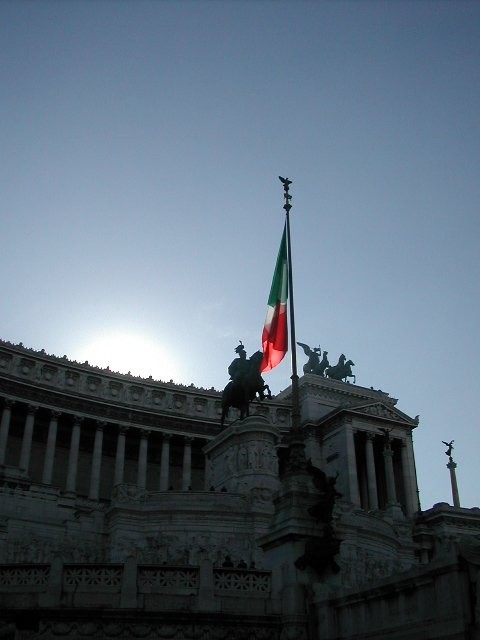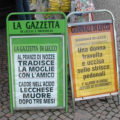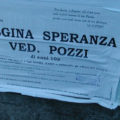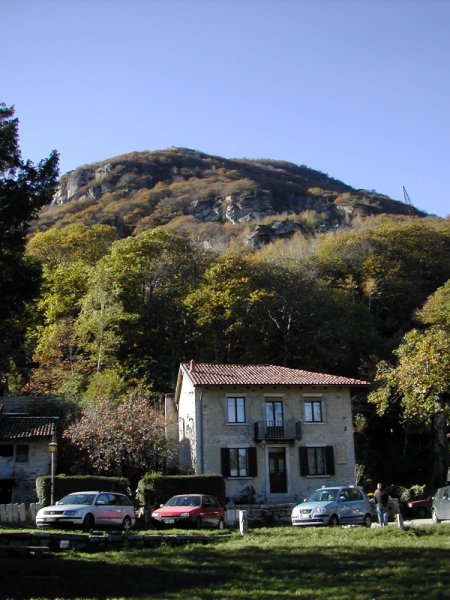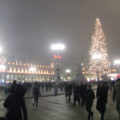^ Of course, some people in Italy actually do sing opera for fun (and/or for a living).
To bring people to my site, I hang out in online forums about traveling and living in Italy, answering questions where I usefully can. It’s been an education for me as well, in American attitudes towards Italy.
One young woman bemoaned the fact that in her travels in Italy, and especially in Rome, she had not found the “real” Italy that she expected. Her vision of the real Italy apparently included (only) beautiful people beautifully dressed, spotless streets, and women who make pasta from scratch every day while singing along to Verdi and Puccini. She was sadly bewildered to find Rome full of immigrants (“Bulgarians and Chinamen,” as she phrased it), rude people, and young people kissing on park benches (she was of the opinion that this sort of behavior should be heavily fined – really, what planet was she from?).
Come to any country looking for a stereotype, and you’re bound to be disappointed, especially when your picture is based on the rose-colored memories of emigrant grandparents, or the more recent “live the good life in Italy” stereotype created by well-heeled foreigners who move to Tuscany, renovate a villa, and then write a book about it.
A recent post on Zoomata.com bewailed the removal of crucifixes from Italian classrooms (due to a court challenge by the Finnish mother of an Italian child); another on Fodors.com was upset over a bit of news reported in the US, that in Treviso a school’s nativity play was replaced with “Little Red Riding Hood.” Said the Fodor’s poster: “I love Italy. I thought I knew Italians, being American Italian myself.”
These two people, a Canadian and an American, both mourn Italy’s “becoming” secular rather than remaining Catholic. As second- or third-generation emigrants, they have skipped over several generations of Italian history, and apparently don’t realize that the separation of church and state in Italy was established in the Constitution (strongly modeled on the American one) in the early 1950s.
The Catholic Church still has influence in Italian life and politics, but that influence is waning (though not going down without a fight, I admit). The Church’s presence in daily life is nearly non-existent. Most Italians are still baptized etc. and would claim to be Catholic if you asked, but only about 10% (I’m guessing) are practicing Catholics.
There are still devout Catholics of course, but even they are puzzled by the attitudes of their non-practicing compatriots. One of my colleagues who is very active in his diocese told me: “These people show up wanting to marry in the church or baptize their kids. We’ve never seen them before and it means nothing to them, so we have to wonder why they bother.” If forced to think about it, these people might answer that it’s traditional, and/or that they want to please an older relative.
Italy still maintains many of the outward forms of Catholicism, but even those are being challenged, as in the above-mentioned cases of the classroom crucifixes and nativity play. Like most modern nations, Italy is wrestling with large-scale immigration and how to integrate new people, religions, and cultures into the existing culture and society. These are not easy issues, and the best answers differ even from community to community within a country. Some parts of Italy have found effective and interesting ways to bring their newly-multicultural communities together, others are still working on it. In most cases, the result will not look like the Italy that many Americans think they know.




